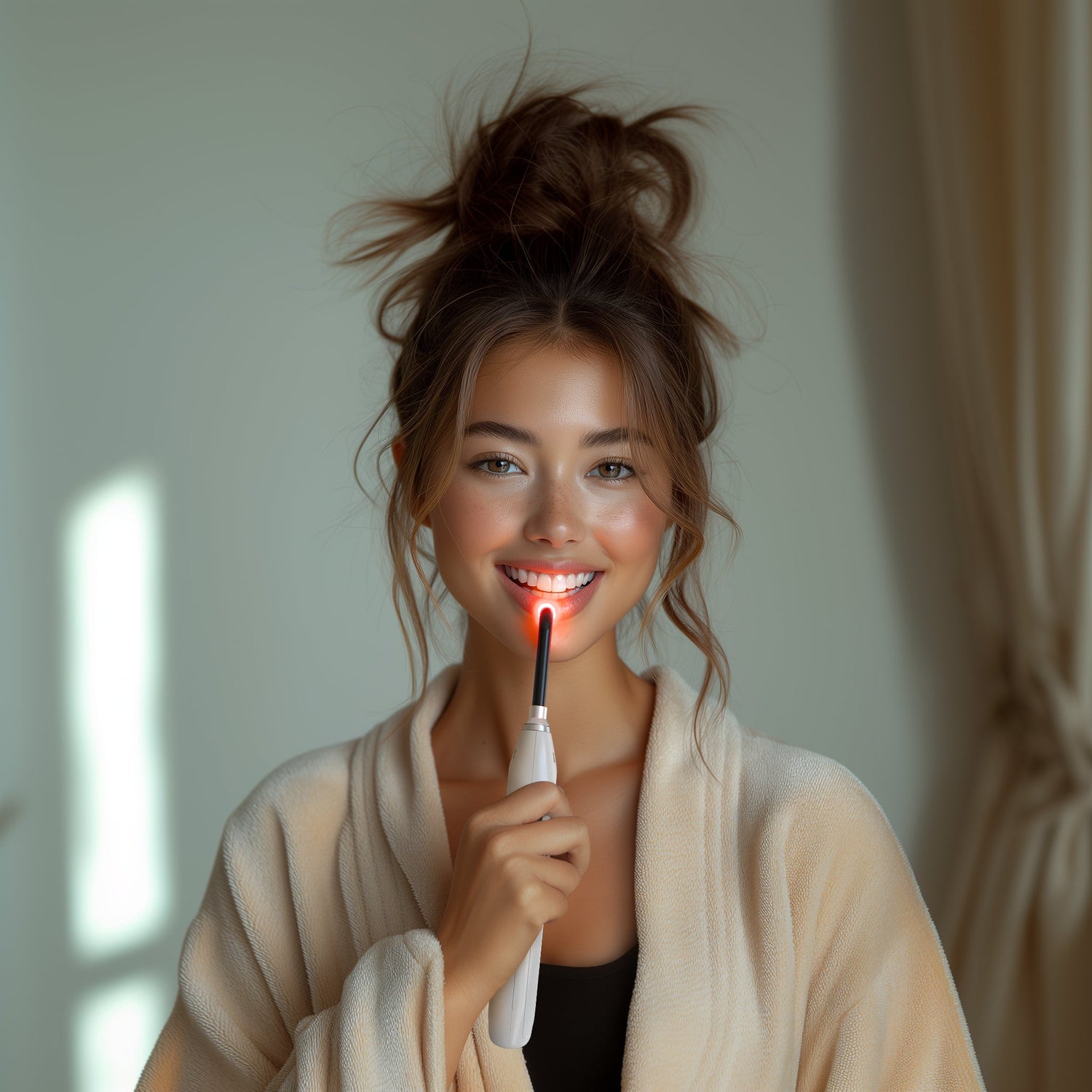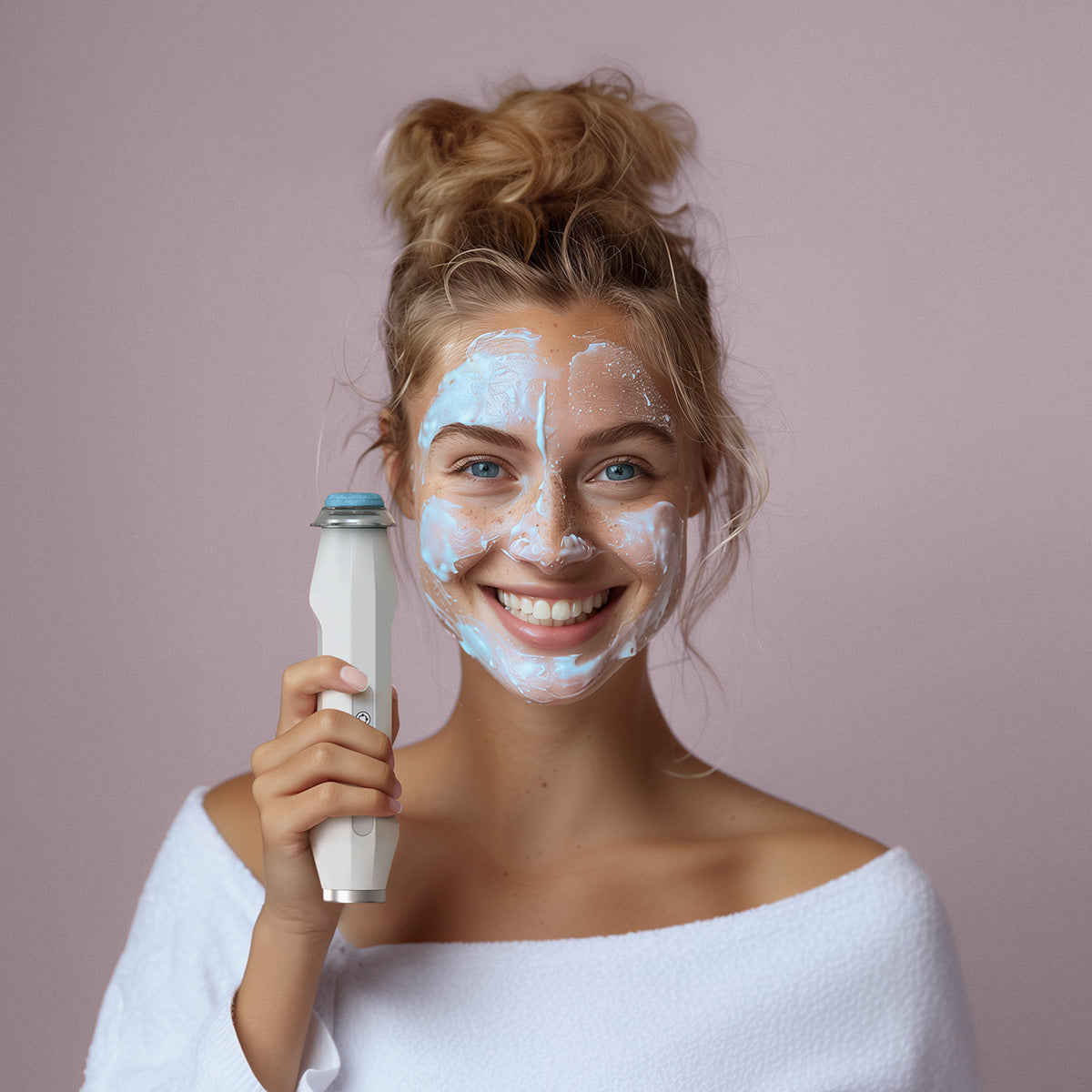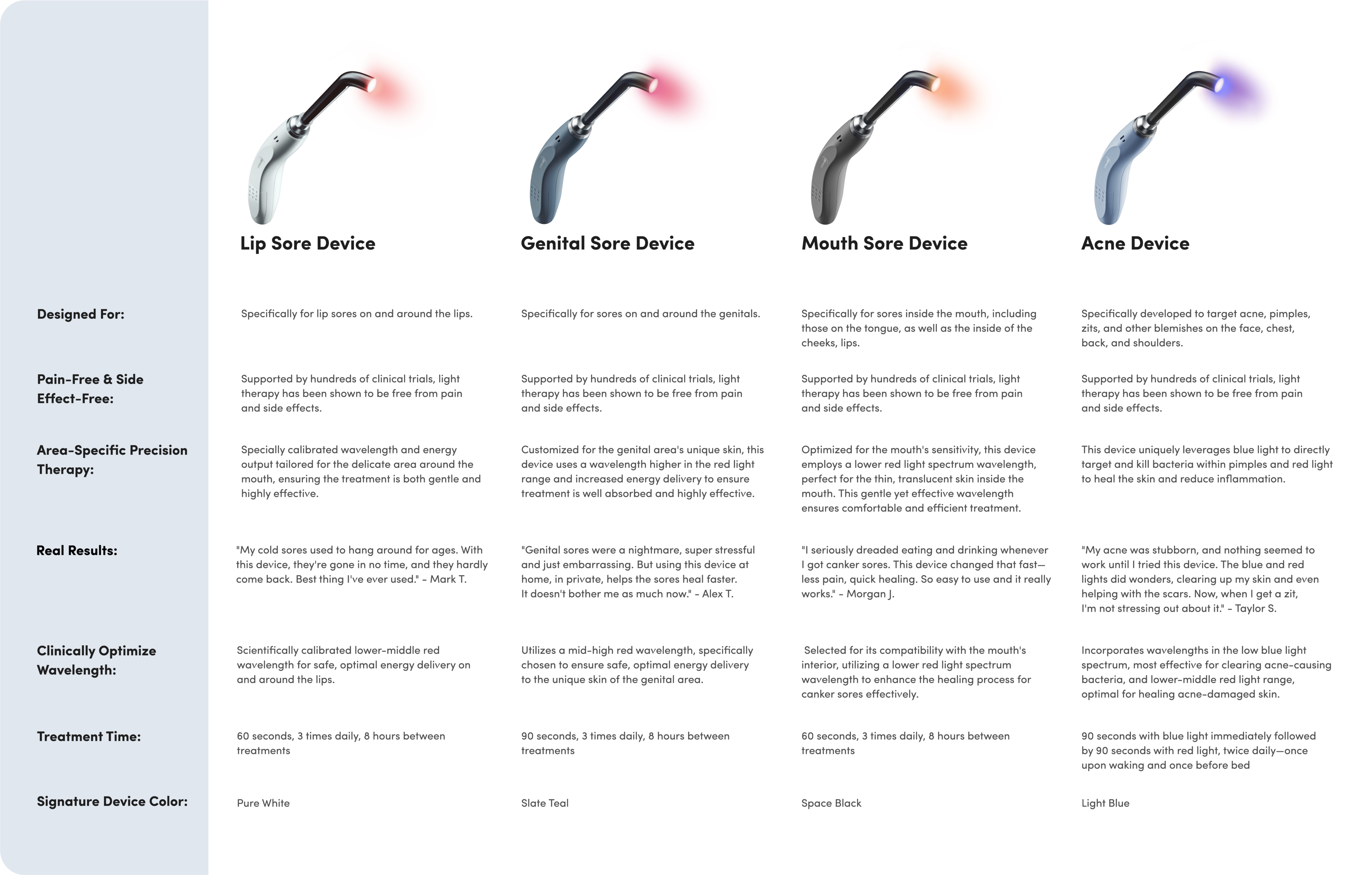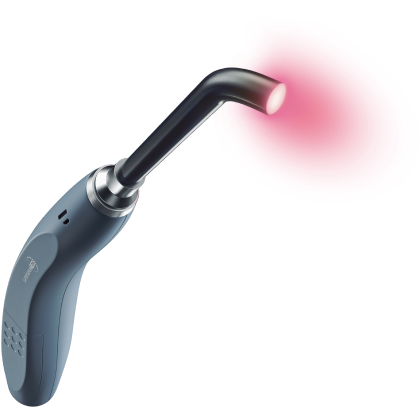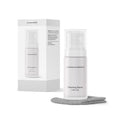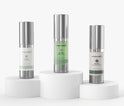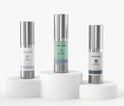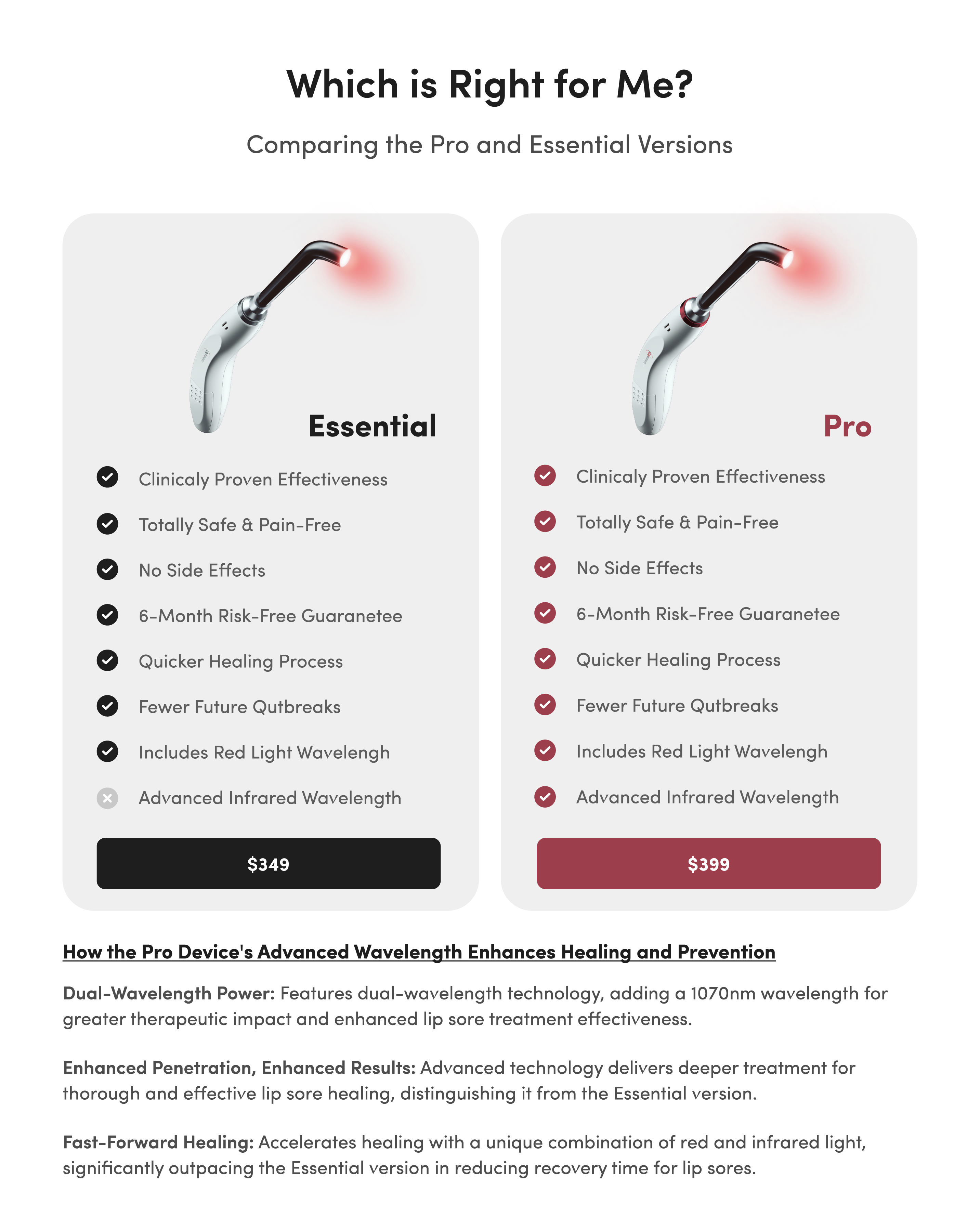Beyond the Surface: Weighing the Dangers of Prescription Acne Treatments

Acne is a common skin condition that affects millions of people worldwide, prompting many to seek quick and effective solutions. While prescription acne treatments often promise rapid results, it's crucial to consider the potential risks and side effects associated with these powerful medications. This article aims to explore the dangers of prescription acne treatments and discuss alternative approaches that may offer safer, long-term solutions for achieving clear, healthy skin.
The Allure of Prescription Acne Treatments
Prescription acne treatments are often seen as a fast track to clear skin, offering hope to those struggling with persistent or severe acne. These medications, typically prescribed by dermatologists, can include:
- Oral antibiotics
- Topical retinoids
- Hormonal treatments
- Isotretinoin (formerly known as Accutane)
While these treatments can be effective in managing acne, they come with a range of potential side effects and risks that are often overlooked in the pursuit of clearer skin.
Understanding the Risks
- Antibiotic Resistance
One of the most significant concerns with prescription acne treatments, particularly oral antibiotics, is the development of antibiotic resistance. Prolonged use of antibiotics can lead to bacteria becoming resistant to these medications, not only rendering the treatment ineffective but also potentially creating broader health issues.
- Skin Sensitivity and Irritation
Many topical prescription acne treatments, such as retinoids, can cause significant skin irritation, dryness, and increased sensitivity to sunlight. This can lead to discomfort and may even exacerbate skin issues in some cases.
- Systemic Side Effects
Oral medications for acne, especially isotretinoin, can have systemic effects on the body. These may include:
- Liver damage
- Increased cholesterol levels
- Joint pain
- Mood changes and depression
- Hormonal Imbalances
Hormonal treatments for acne, such as certain oral contraceptives, can lead to hormonal imbalances in the body. This may result in a range of side effects, from weight gain to mood swings.
- Long-term Health Concerns
Some studies have suggested potential long-term health risks associated with certain prescription acne treatments. For instance, research has indicated a possible link between long-term antibiotic use and an increased risk of inflammatory bowel disease.
The Science Behind the Concerns
Recent scientific studies have shed light on the potential risks of prescription acne treatments. A comprehensive review published in the National Center for Biotechnology Information highlights the various side effects and long-term concerns associated with common acne medications. This research underscores the importance of weighing the benefits against the potential risks when considering prescription acne treatments.
Exploring Safer Alternatives
Given the potential dangers of prescription acne treatments, many individuals are turning to alternative methods for managing their acne. These approaches often focus on addressing the root causes of acne and promoting overall skin health.
- Light Therapy
Red light therapy has emerged as a promising non-invasive treatment for acne. This approach uses specific wavelengths of light to reduce inflammation, promote healing, and stimulate collagen production. Studies have shown that red light therapy can be effective in treating acne with minimal side effects.
At-home devices for treating acne have made light therapy more accessible than ever. These devices allow users to incorporate light therapy into their skincare routine without the need for frequent clinic visits.
- Blue Light Therapy
While red light therapy focuses on reducing inflammation and promoting healing, blue light therapy targets the acne-causing bacteria directly. Blue light has been shown to be effective in killing Propionibacterium acnes, the bacteria primarily responsible for acne breakouts. This makes blue light therapy an excellent complement to red light therapy in a comprehensive acne treatment plan.
- Combination Light Therapy
Some innovative treatments combine both red and blue light therapy for a more comprehensive approach to acne management. Red light therapy masks for acne often incorporate both wavelengths, offering the benefits of both types of light therapy in a single, convenient device.
- Dietary Changes
Emerging research suggests that diet plays a significant role in skin health and acne development. Incorporating an acne-fighting diet rich in anti-inflammatory foods, antioxidants, and essential nutrients can help support clear skin from the inside out.
- Natural Topical Treatments
Many natural ingredients have shown promise in managing acne without the harsh side effects often associated with prescription treatments. These include:
- Tea tree oil
- Aloe vera
- Green tea extract
- Niacinamide
Incorporating these ingredients into a skincare routine can help manage acne while supporting overall skin health.
The Importance of a Holistic Approach
While prescription acne treatments may offer quick results, a holistic approach to acne management often provides more sustainable, long-term benefits. This approach considers multiple factors that contribute to acne, including:
- Skin microbiome balance
- Hormonal fluctuations
- Stress levels
- Diet and nutrition
- Sleep quality
By addressing these various aspects, individuals can work towards not only clearer skin but also improved overall health and well-being.
Making an Informed Decision
When considering acne treatments, it's crucial to weigh the potential benefits against the risks. While prescription acne treatments may be necessary in some severe cases, exploring safer alternatives first can often yield positive results without exposing oneself to unnecessary risks.
Consulting with a dermatologist or healthcare provider who is open to discussing both conventional and alternative treatments can help individuals make informed decisions about their acne management strategy. It's important to remember that what works for one person may not work for another, and finding the right approach often requires patience and experimentation.
Conclusion
The pursuit of clear skin shouldn't come at the cost of overall health and well-being. While prescription acne treatments can be effective, the potential dangers associated with these medications warrant careful consideration. By exploring safer alternatives such as light therapy, dietary changes, and natural topical treatments, many individuals find that they can effectively manage their acne without resorting to potentially harmful prescription medications.
As research in the field of dermatology continues to advance, we're likely to see even more innovative, safe, and effective treatments for acne emerge. In the meantime, adopting a holistic approach to skin health and being mindful of the potential risks associated with various treatments can help individuals make the best choices for their unique skin needs.
Remember, clear skin is not just about what you put on your face, but also about how you care for your body as a whole. By considering all aspects of health and well-being, it's possible to achieve and maintain clear, radiant skin without compromising your overall health.


